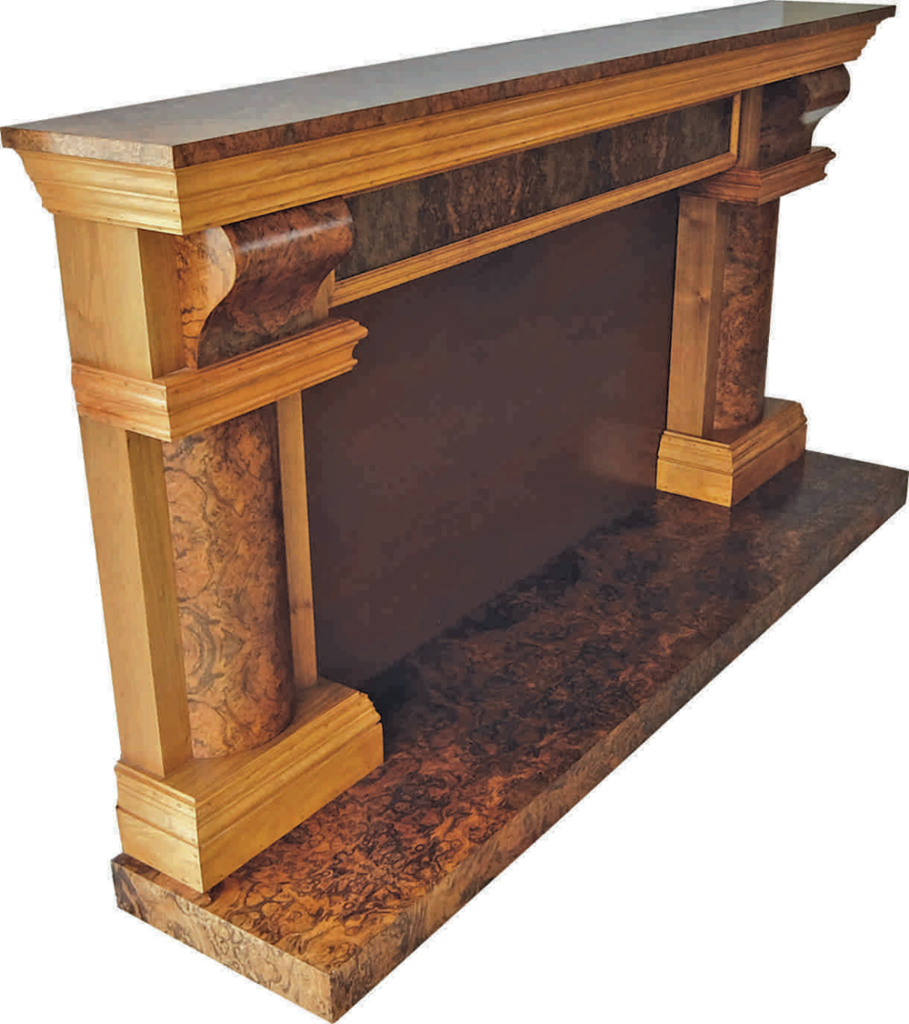Each week we bring you a round-up of interesting and entertaining woodworking content from the Woodworkers Institute and the web, including handy tips to help you get stuck into your next woodworking project.
Knife Sharpening
The ancient craft of knife sharpening is as old as humanity’s reliance on tools. In the Stone Age, early humans sharpened flint to create cutting edges – a practice refined over thousands of years. The advent and use of metal blades during the Bronze and Iron Ages required regular sharpening, and so natural stones like sandstone and whetstone were chosen for their abrasive properties, becoming fundamental materials for the continual use of metal blades.
In ancient Japan, sharpening reached near-spiritual levels, especially with the rise of the samurai. Master craftsmen used water stones (toishi) to hone blades like the katana to razor-sharp perfection. This meticulous tradition extended to Japanese kitchen knives, establishing a legacy of sharpening expertise that is revered around the world to this day. Medieval Europe saw the rise of guilds dedicated to blade sharpening and grinding, and technological advancements enabled the use of pedal-powered grindstones. These guilds ensured bladesmithing and sharpening remained highly skilled trades by setting standards of practice.
Sharpening tools has evolved over thousands of years — from natural stones to modern diamond-coated steels — yet the principles remain the same: aligning and refining the edge for peak performance. Today, knife sharpening blends tradition and innovation, connecting woodworkers to a craft that’s both practical and steeped in history. Perhaps despite its regular occurrence in everyday living, knife sharpening is a reminder of our enduring relationship with tools and craftsmanship.
Videos of the Week
Woodworkers Institute Articles of the Week
Next Week
Walnut Fire Surround

Louise Biggs demonstrates how to make an elegant walnut fire surround using veneering techniques and precise woodworking tools. Her step-by-step process highlights shaping curved columns, creating book-matched veneers, and assembling intricate sections, resulting in a grand centrepiece for a fireplace.
Woodturning Competition
The Mark Baker Woodturner of the Year Competition Public Vote – NOW OPEN!
Have your say in who will win the Mark Baker Woodturner of the Year Competition by casting your vote on the Woodworkers Institute competition page. The results will be combined with our panel of experts to choose a winner for each category.
Voting closes at 12pm GMT on Wednesday 11th December.
